The Continuation of the ISO 17025 How-To Series… How-To: Clause 8 Management System Options in ISO 17025 – Why are we given such options?
For Clause 8 of ISO 17025, the organization has to choose from either Option A or Option B. But what are these options, and why are there even options in the first place? This article will help you better understand what each option consists of and what ae the expectations that have to be met by the organizations
To start with, we have to look at what Clause 8 primarily focuses on. Clause 8 of ISO 17025 mandates that the laboratory must develop, document, put into place, and keep up a management system that can support and show adherence to the requirements. Laboratories shall establish a management system in line with Option A or B in addition to the requirements of Clauses 4–7.
Let us dive into the detail of Options A and B regarding the maintenance of the management system.
Clause 8 Management System Options in ISO 17025 | Option A
As a minimum, the organization must address the following:
- Management system documentation as per Clause 8.2
- Control of management system documents as per Clause 8.3
- Control of records as per Clause 8.4
- Actions to address risks and opportunities as per Clause 8.5
- Improvement as per Clause 8.6
- Corrective actions as per Clause 8.7
- Internal audits as per Clause 8.8
- Management reviews as per Clause 8.9
Clause 8.2 | Management System Documentation
The organization must set up, document, and maintain policies and objectives to be implemented throughout the entire organization.
The procedure shall address the competence and impartiality of all personnel while checking consistent operations of all activities.
Supply enough evidence of commitment to the development and implementation of the system while continually improving its effectiveness. This can include audits, feedback and improvement actions, training records etc.
Overview of documents to ensure traceability of all documentation, processes, systems, and records related to the requirements of ISO 17025 while ensuring that all personnel have access to such documentation.
Clause 8.3 | Control of Management System Documents
Overview of internal and external documents for easier control. Such control includes:
- All documents must be authorized by competent personnel to ensure adequacy to QMS;
- Documents need to be kept, reviewed, and updated as necessary;
- Changes within documents are highlighted;
- Relevant version distributions are controlled and made available to end users;
- Documents are uniquely found, and relevant issues are marked and dated;
- Destruction of obsolete documents is well documented, and suitable identification is applied if retention is needed.
Clause 8.4 | Control of Records
All policies shall decide the retention period of different procedures or policies. Legible records are to be kept for audit and investigative purposes.
Controls for the identification, storage, protection, backup, archival, retrieval, retention and disposal of records are to be implemented. Access control must be documented and consistent with the confidentiality requirements.
Clause 8.5 | Actions to Address Risks and Opportunities
Additionally, Option A of Clause 8 management system options in ISO 17025 must also take into account all risks and opportunities. Such risks and opportunities must be addressed by taking the necessary actions, such as the following:
- Assert that QMS achieves its intended results and planning mitigation measures;
- Enhance the purpose and aims;
- Reduce nonconformities and potential failures by ensuring proper risk analysis;
- Achieve improvement actions.
The organization shall then address such risks and opportunities to ensure that action is proportional to the potential impact while evaluating the effectiveness of these actions. Although no recommendations or further notes are mentioned in the ISO 17025 document, one should consider ISO 31000 case the main basis of risk assessments and analysis.








